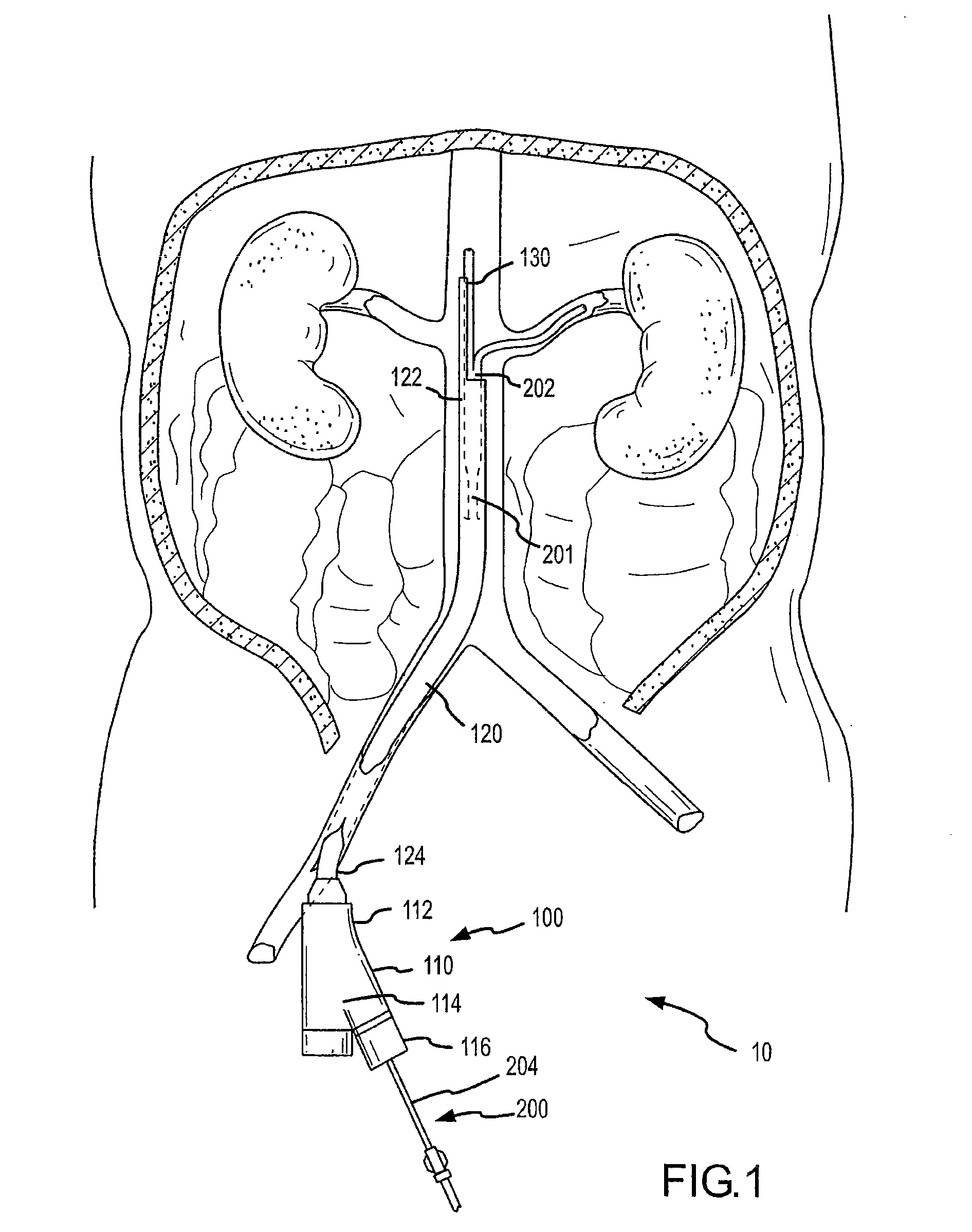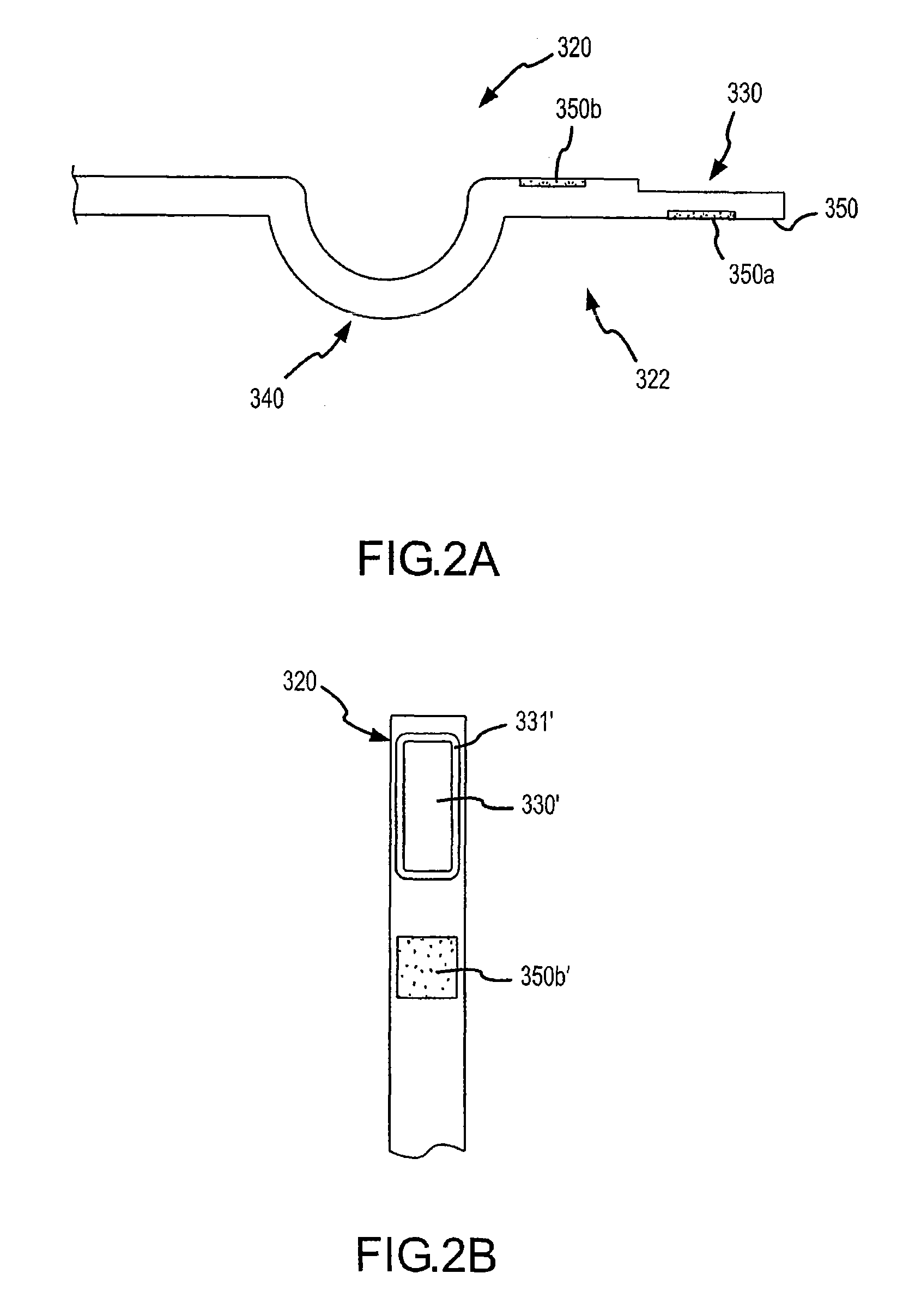Selective renal cannulation and infusion systems and methods
a renal cannulation and infusion system technology, applied in the field of medical device systems and methods, can solve the problems of compromising safety, affecting the effect of simultaneous bilateral renal cannulation, and affecting the ability of patients to be able to carry out simultaneous renal cannulation. the effect of easy adaptation
- Summary
- Abstract
- Description
- Claims
- Application Information
AI Technical Summary
Benefits of technology
Problems solved by technology
Method used
Image
Examples
Embodiment Construction
[0027]The description herein, relates to medical material delivery systems and methods in the context of their relationship in use within a patient's anatomy. Accordingly, for the purpose of providing a clear understanding, the term proximal should be understood to mean locations on a system or device relatively closer to the operator during use, and the term distal should be understood to mean locations relatively further away from the operator during use of a system or device. The present embodiments herein therefore generally relate to local renal drug delivery or perfusion generally from the aorta; however, it is contemplated that these systems and methods may be suitably modified for use in other anatomical regions and for other medical conditions without departing from the broad scope of the various aspects as illustrated by the embodiments.
[0028]In general, the disclosed material delivery systems will include a fluid delivery assembly, a proximal coupler assembly and one or m...
PUM
 Login to View More
Login to View More Abstract
Description
Claims
Application Information
 Login to View More
Login to View More - R&D
- Intellectual Property
- Life Sciences
- Materials
- Tech Scout
- Unparalleled Data Quality
- Higher Quality Content
- 60% Fewer Hallucinations
Browse by: Latest US Patents, China's latest patents, Technical Efficacy Thesaurus, Application Domain, Technology Topic, Popular Technical Reports.
© 2025 PatSnap. All rights reserved.Legal|Privacy policy|Modern Slavery Act Transparency Statement|Sitemap|About US| Contact US: help@patsnap.com



